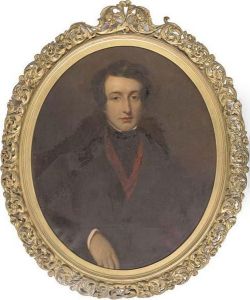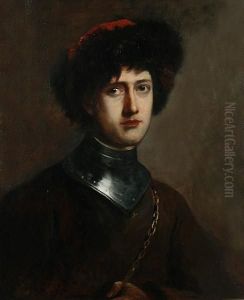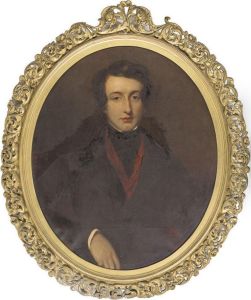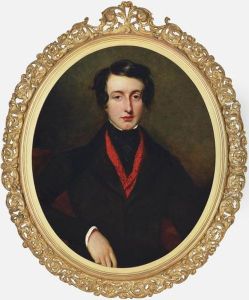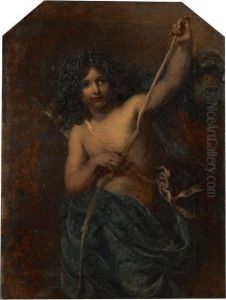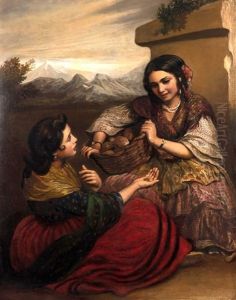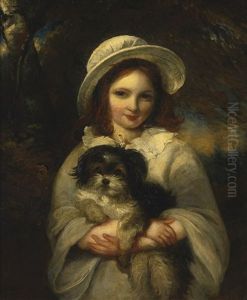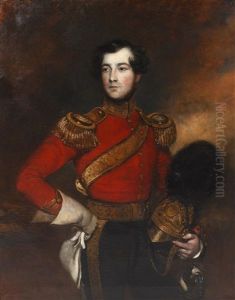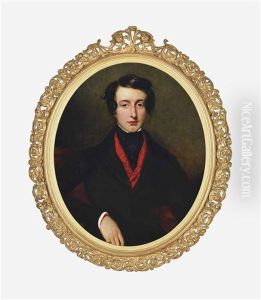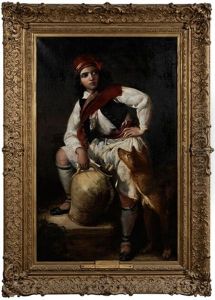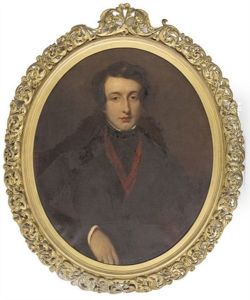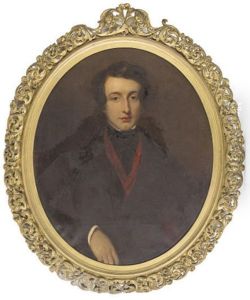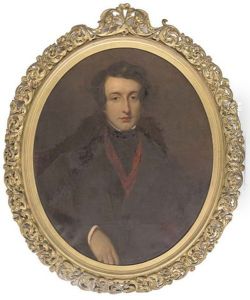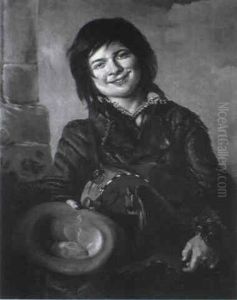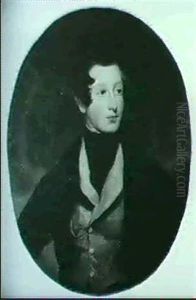Frederick Yeates Hurlstone Paintings
Frederick Yeates Hurlstone was an English painter known for his portraiture, genre scenes, and history paintings. Born on February 9, 1800, in London, Hurlstone demonstrated an early talent for the arts and pursued his passion with zeal, despite the premature death of his father when Frederick was just a child.
Hurlstone's artistic education began at the Royal Academy Schools in 1815, where he trained under the tutelage of renowned artists of the time. His initial forays into the art world garnered him accolades, and in 1821, he won a silver medal for a drawing from life, followed by a gold medal in 1823 for his historical painting. This early recognition set the stage for a promising career.
Throughout the 1820s and 1830s, Hurlstone was a regular exhibitor at the Royal Academy and the British Institution. His works often depicted historical and literary subjects with a strong narrative element, reflecting the tastes of Victorian society. His attention to detail and ability to capture the emotional depths of his subjects were notable aspects of his work.
In addition to his history paintings, Hurlstone was also a respected portraitist. He painted many important figures of his time, including the likes of William Wordsworth. His portraits are characterized by a refined elegance and a keen ability to convey the personality and status of the sitter.
Despite his success, Hurlstone struggled financially throughout his life. He never achieved the same level of fame or financial stability as some of his contemporaries. In an effort to secure a more stable income, in 1861 he became the headmaster of the newly founded South Kensington School of Art, which later became the Royal College of Art. His time as an educator was marked by a commitment to high standards and the development of his students' skills.
Hurlstone's career was cut short when he died unexpectedly on May 12, 1869. While he did not leave behind the same legacy as some of his more famous peers, his contributions to British art during the 19th century were significant. His works continue to be studied by art historians and appreciated by art lovers for their technical skill and historical importance.
